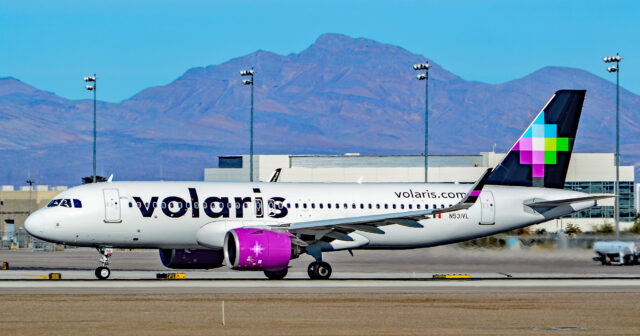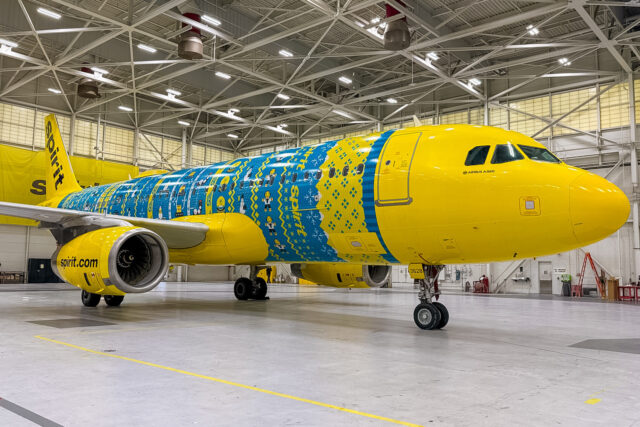Australian startup Hypersonix raises Series A funding for reusable scramjet tech

November 4, 2025

After previously securing investments from the UK and the US, Australia’s Hypersonix has received additional funding to aid in the development of revolutionary hypersonic vehicles.
Australia’s Hypersonix Launch Systems secures investment
The Australian startup company, Hypersonix Launch Systems, has received $46 million (unclear if AUD or USD) in Series A funding. Funding is coming from Australia’s National Reconstruction Fund Corporation and Queensland Investment Corporation, as well as international investors.
The aim is to accelerate the development of Hypersonix’s reusable, hydrogen-powered hypersonic aircraft. The round was led by High Tor Capital, a UK national security investor, and included Saab and other participants.
The funding will support the company with the NASA-backed launch of DART AE, which is a 3.5-metre hyperonic demonstrator powered by Hypersonix’s proprietary Spartan scramjet. The flight is to be conducted under the US Defense Innovation Unit’s HyCAT programme.

If successful, it promises to be the world’s first sustained hypersonic flight powered by green hydrogen. It will be launched at NASA’s Wallops Flight Facility in Virginia.
Hypersonix will also continue work on its eight-metre, hydrogen-fuelled ISR aircraft called VISR.
Hypersonix’s ambitions to be disruptive in hypersonic development
Hypersonix was founded in 2019 with its co-founder being a former NASA scientist, Dr Michael Smart. The company remains small, employing around 45 staff across engineering, testing, and advanced manufacturing roles in Brisbane.
A defence brochure by the company says “Hypersonix are revolutionising the future of atmospheric flight and access to space…”

The company is developing a new class of reusable hypersonic aircraft powered by 3D-printed Spartan scramjet engines. 3D printing is becoming an important development shaping the future of aerospace.
The aim is for the aircraft to reach speeds of up to Mach 12. As a hydrogen-powered aircraft, the Spartan would produce zero-carbon missions.
Its hypersonic UAV portfolio includes DART, VISR, Delta Velos. These are powered by its Spartan engines.
DART is a single use multi-mission hypersonic test aircraft. It achieved its first launch in 2025 and has a speed of Mach 7.
VISR is reusable, multimission, and an ISR test aircraft able to fly Mach 7-10. VISR has four Spartan engines. Delta Velos (Mach 10+) is a multi-stage responsive satellite launch system.
Race to hypersonic technology
Australia’s Hypersonix is just one of the players working to develop hypersonic hydrogen-powered vehicles. Other notable examples include France’s Destinus Aerospace, the European Space Agency’s Invictus programme, Hyperion Aerospace’s HYPERLiner, and various others.

According to Militaryni, Australia’s Hypersonix also received a contract from the UK Ministry of Defence to help develop hypersonic missiles. The UK government plans to spend £1 billion on that hypersonic initiative over a seven-year period.
Australia is working closely with the United States to develop hypersonic missiles. In July 2025, the US tested by hypersonic missile in Australia for the first time during the Talisman Sabre exercise.
Meanwhile, Australia is working to integrate the US Hypersonic Attack Cruise Missile (HACM) into its F/A-18 Super Hornets, F-35A Lightning IIs, P-8A Poseidons, and EA-18G Growlers. This is part of the US-Australian SCIFiRE Program, a collaborative agreement to develop and test hypersonic cruise missile prototypes powered by air-breathing scramjet engines.

For many, there is some confusion in the media about hypersonic projects, and not all are created equal.
For example, for propaganda reasons, Russia has attempted to call its Kh-47M2 Kinzhal (NATO: AS-24 Killjoy) air-launched ballistic missile a hypersonic missile. However, it is only hypersonic on reentry before slowing down in the Earth’s atmosphere, like almost every other ballistic missile.
Featured Image: Hypersonix Launch Systems
















